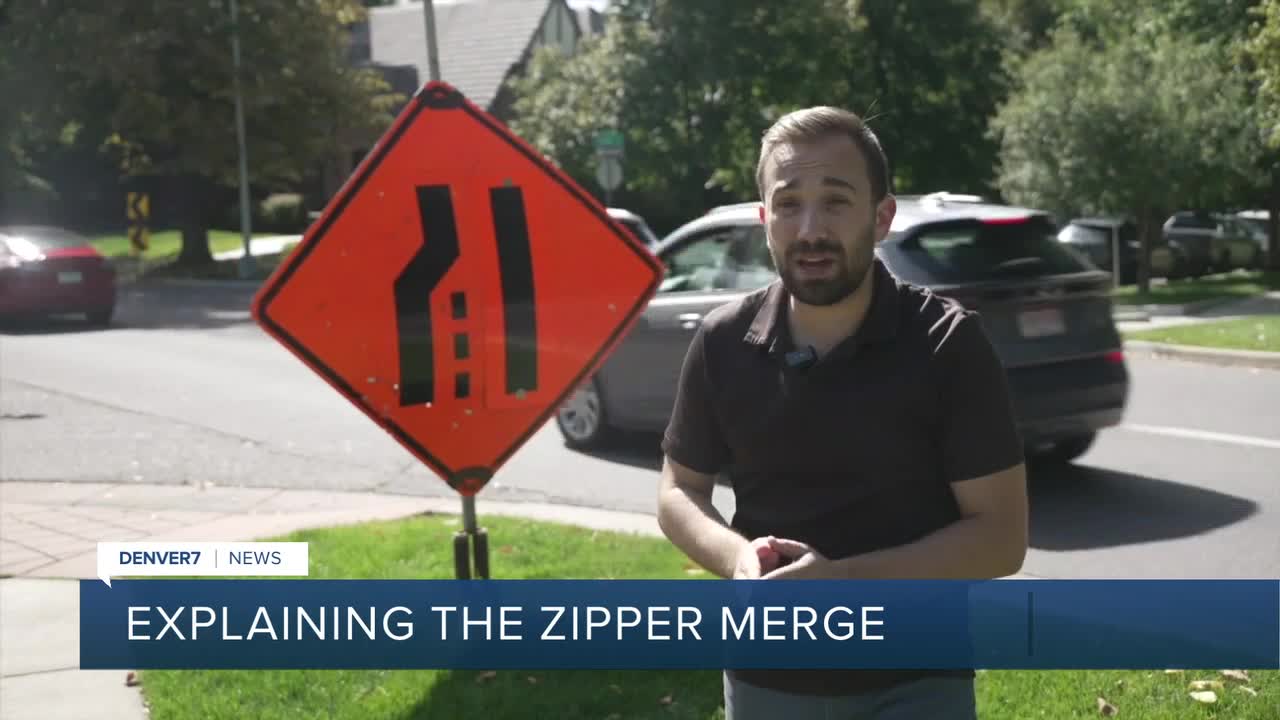DENVER — The Colorado Department of Transportation (CDOT) now officially supports the zipper merge, updating its standards on September 22. The zipper merge asks drivers to use both lanes up to the point where the lanes come together, then take turns merging like the teeth of a zipper.
San Lee, a CDOT traffic engineer, said the approach makes fuller use of available roadway capacity, smooths speeds, and creates a safer environment for both motorists and workers.
“Use both lanes,” Lee said. “Look over, make sure you merge in safely. Use the capacity of both lanes all the way to the merge point.”

According to Lee, zipper merging can cut the length of backups by as much as 40%, reducing the risk that queues will extend into intersections, and making traffic flower faster for everyone. Still, many drivers are hesitant to use the open lane when they see drivers merging over far in front of the merge point.
“Zipper merging is not cutting in line,” Lee said. “It's the safe way to do it.”
Kenny Martinez, a Denver resident who frequently drives down York Street on his way to the Denver Tech Center, was unaware of the zipper merging policy and how it can improve the flow of traffic.

“Not knowing the policy, I absolutely thought it’d be appropriate to just get in line,” Martinez said. “If it were common knowledge, I feel like it would be appropriate to utilize both lanes all the way up to the merging point.”
CDOT is attempting to make the zipper merge common knowledge. They already have signs at the entrance to Interstate 25 from 6th Ave. telling drivers to “USE BOTH LANES IN CONGESTION” and to “TURN TURNS / FORM 1 LANE.” Now, updated zipper merging signage has become part of CDOT standards.
Future roadway projects that include traffic congestion and lane drops will incorporate the signs as a permanent feature. The new signs will say, “USE ALL LANES TO MERGE POINT” and “MERGE HERE TAKE TURNS.”
Lee said, drivers should follow proper zipper merging techniques any time two lanes are merging into one though, not just in places where there are signs. That includes places where construction temporarily blocks lanes, or permanent lane merges that don’t yet have signage.






